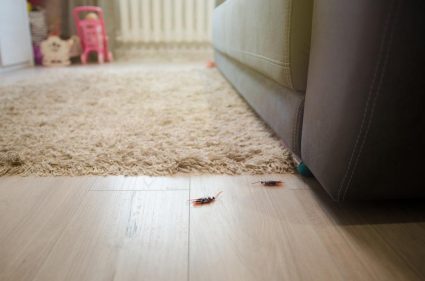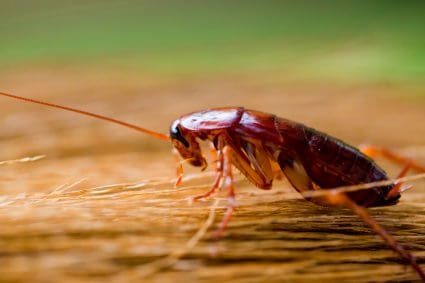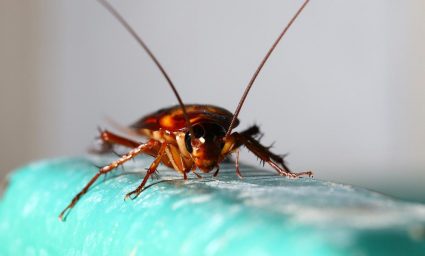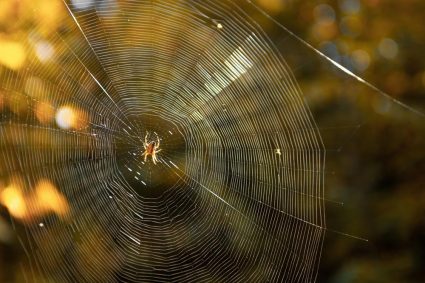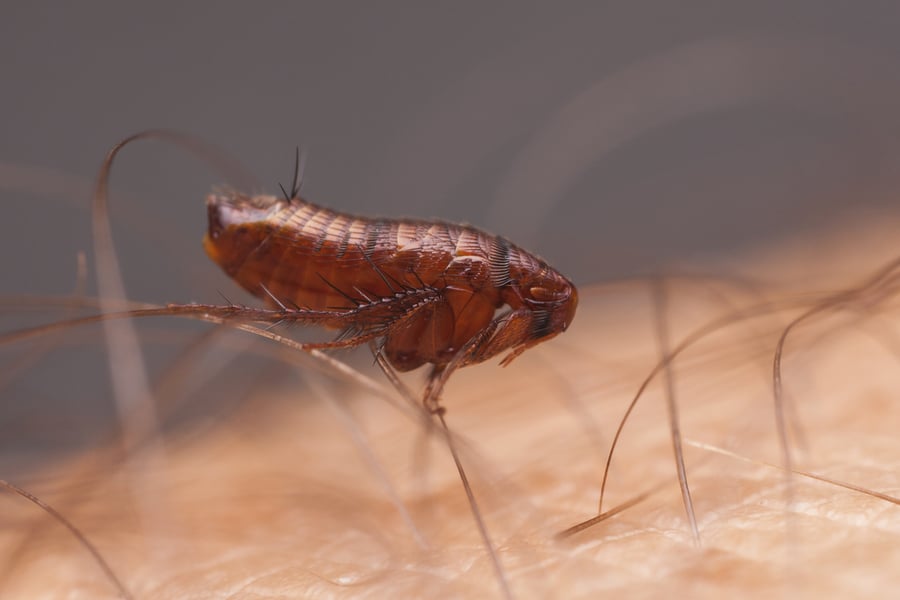
Fleas are a common nuisance for many pet owners and can be pretty challenging to get rid of.
Fleas are parasitic insects that can jump large distances and infest our pets and homes.
Have you ever faced a flea infestation?
If yes, then you know how uncomfortable and frustrating it can be. But the question is, how do you get fleas, and how to avoid them?
The first step in avoiding and treating infestations with fleas is to understand how they are spread. Fleas can invade your home in the following ways:
- Pets
- Other animals
- Outdoor activities
- Human visitors
- Second-hand furniture
This post will examine how fleas might infiltrate your home and advise on keeping these troublesome insects at bay.
Let’s discover how these little monsters get inside your homes.
Where Do Fleas Come From?
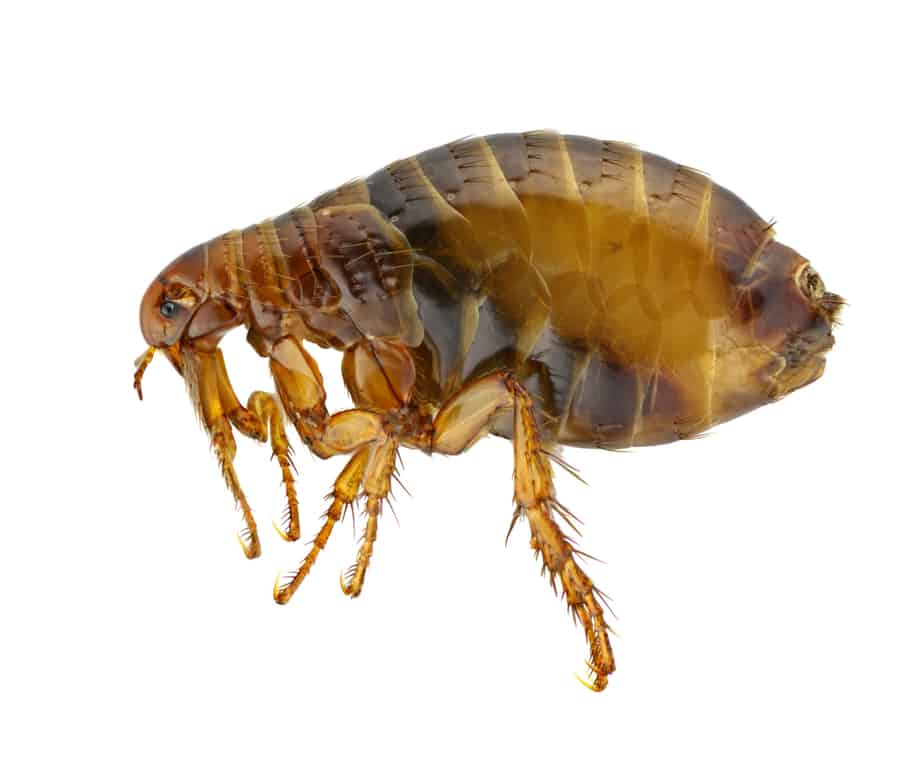
Fleas can come from a variety of sources.
The following paragraphs will discuss how your house or pets may get infested.
1. Pets

The most common way fleas enter your home is through your pets. Fleas can quickly jump from other animals, such as stray cats and dogs, then latch onto your pets.
If your dog goes to a daycare facility, chances are they can get fleas from other dogs there. Fleas feed on the blood of their hosts. They can cause various problems, including skin irritations, allergies, and anemia.
If your pet spends time outside, it’s essential to regularly check them for fleas and use preventative measures such as flea collars, topical treatments, or oral medications to keep them flea-free.
Once inside your home, they can quickly establish a new colony and start laying eggs on your pets, furniture, carpet, and bedding.
2. Other Animals
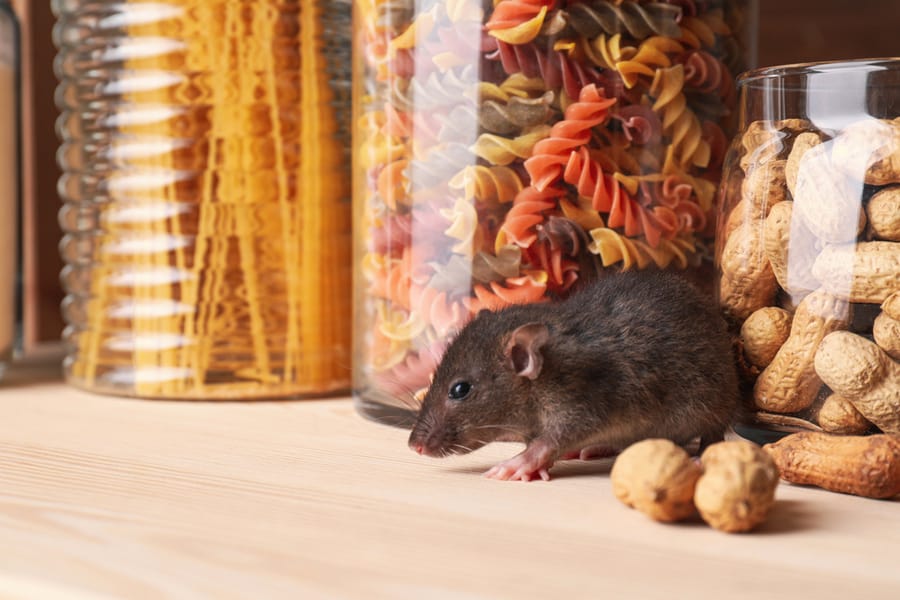
Fleas can also be brought into a home by rodents such as rats and mice. Rodents are common carriers of fleas and can quickly spread throughout your home.
Treatment for rodent-borne flea infestations may involve using pesticides and other pest control products to eliminate the fleas and rodents.
3. Outdoor Activities
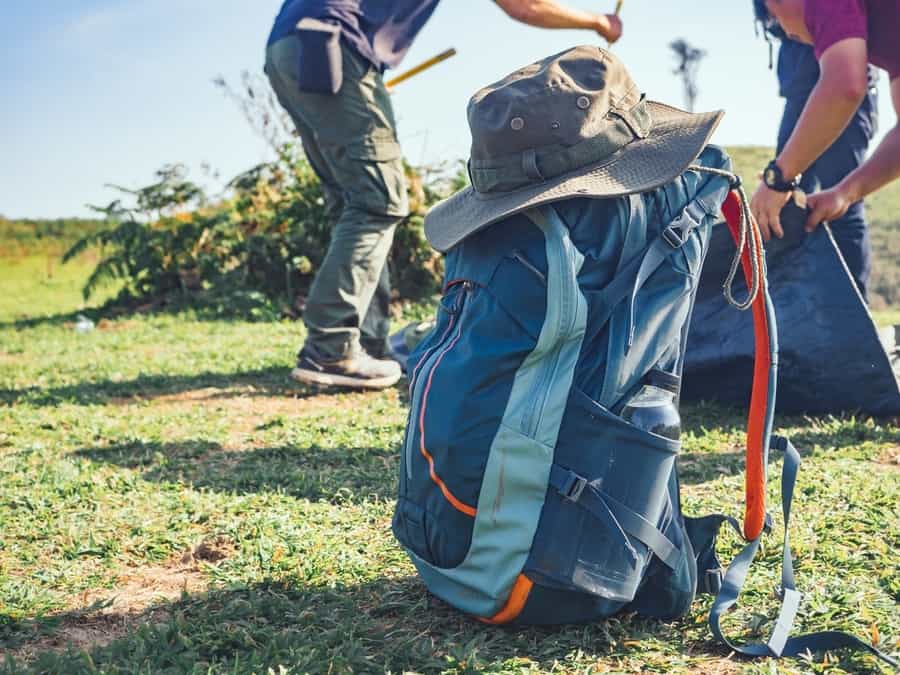
If you enjoy spending time outdoors, you could unknowingly bring fleas into your home. You may inadvertently bring fleas into your home if you enjoy camping or hiking.
Fleas can be present in the environment and easily attach to your camping or hiking gear. This includes your tent, sleeping bag, and clothing.
Fleas are common in outdoor areas with tall grass, weeds, or fields. When you walk through these areas, fleas can jump onto your clothing or shoes, thus getting a free ride back to your home.
4. Human Visitors
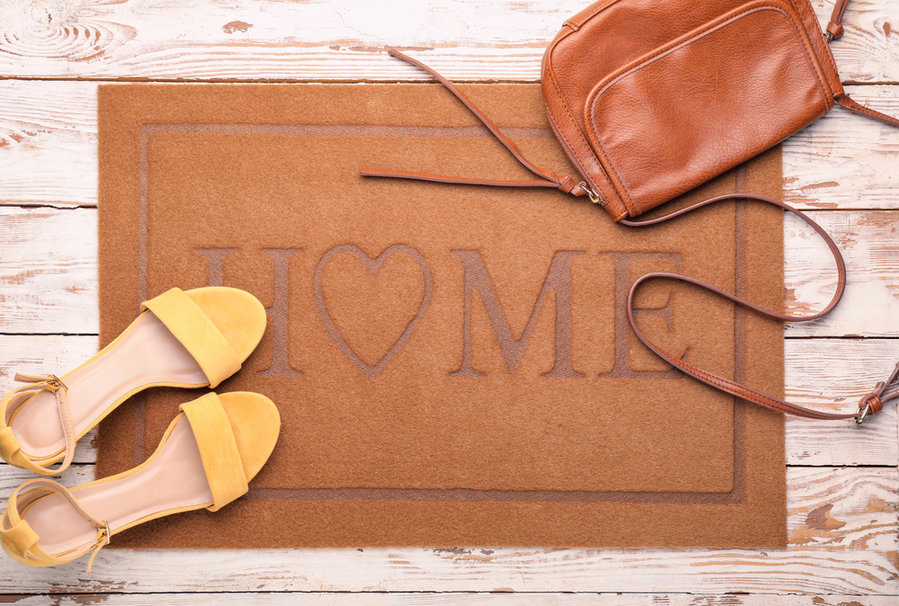
Although rare, fleas can also hitch a ride on human visitors to your home. If someone who has been around animals or in an infested environment comes to your home, they could bring fleas with them.
Fleas can attach themselves to luggage and bags, especially if someone has been staying in a hotel or other accommodation with a flea infestation. When someone brings the luggage or bag inside, the fleas can escape and infest your home.
5. Second-Hand Furniture

Fleas can also get into your home with second-hand furniture. When you purchase used furniture, you must know the potential for flea infestations.
If the previous owner of the furniture had pets that had fleas, the furniture might be infested with fleas. Fleas can hide in the furniture’s upholstery, cracks, and crevices and remain dormant until they find a new host.
Flease can also contaminate furniture during delivery of the furniture. Suppose the delivery truck was contaminated with fleas from previous deliveries. In that case, the fleas can latch onto the furniture and be brought into your home.
Check the furniture you get for any signs of flea infestations, such as fleas or flea dirt. Pay close attention to cracks and crevices, and look for any signs or larvae. If you detect any signs of fleas, do not bring the furniture into your home.
Signs of a Flea Infestation

Several signs may indicate a flea infestation in your home.
Below are some common signs to look out for and detect a flea infestation in the early stages.
1. Itchy Pets

One of the most noticeable signs of a flea infestation is pets constantly scratching and biting themselves.
Fleas feed on the blood of animals, so if your pet is infested, it will likely be very itchy and uncomfortable all the time.
2. Flea Dirt

Flea dirt is a term used to describe flea feces, which look like small black or brown specks.
You may notice flea dirt on your pet’s fur, bedding, carpets, or any area the fleas may infest.
3. Red, Itchy Bites
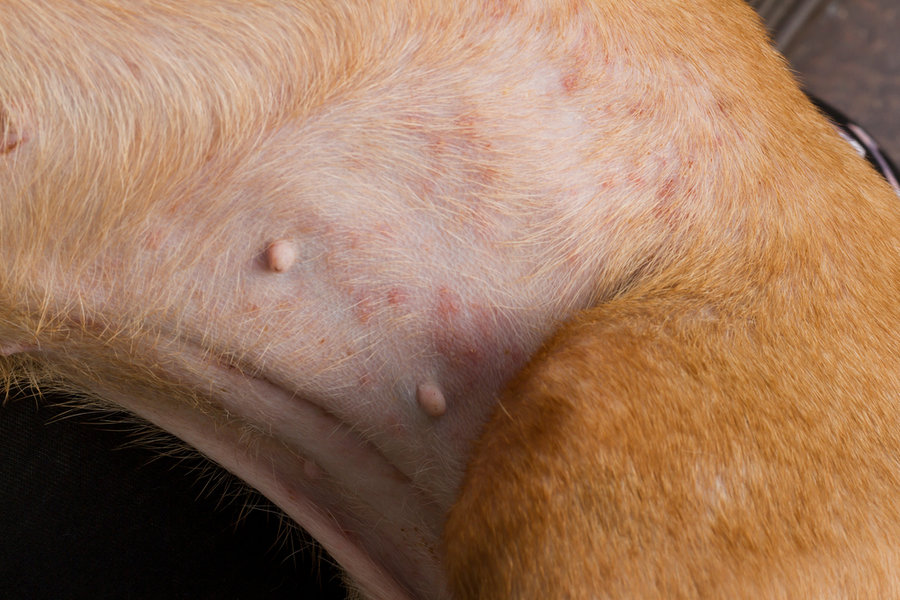
Flea bites can cause red, itchy bumps on humans and pets.
If you notice that you or your pet have a lot of bites, it may be a sign of a flea infestation.
4. Fleas Eggs
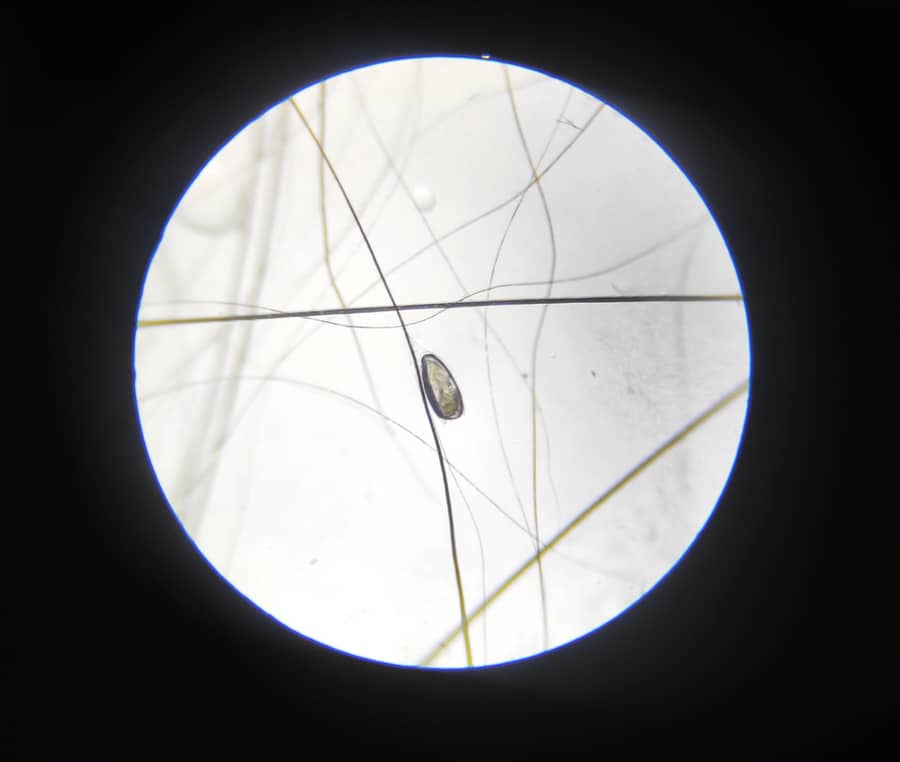
Flea eggs are tiny, white eggs laid in your pet’s fur.
They look like dandruff or small grains of salt.
5. Adult Fleas

Adult fleas are tiny and can be challenging to see.
But if you look closely, you may be able to spot them on your pet’s fur or jumping around your home.
How To Get Rid of Fleas?

Getting rid of fleas can be a difficult and time-consuming process.
Still, acting quickly is essential to avoid a full-fledged infestation.
Here are some common tips to get rid of fleas:
1. Treat Your Pets
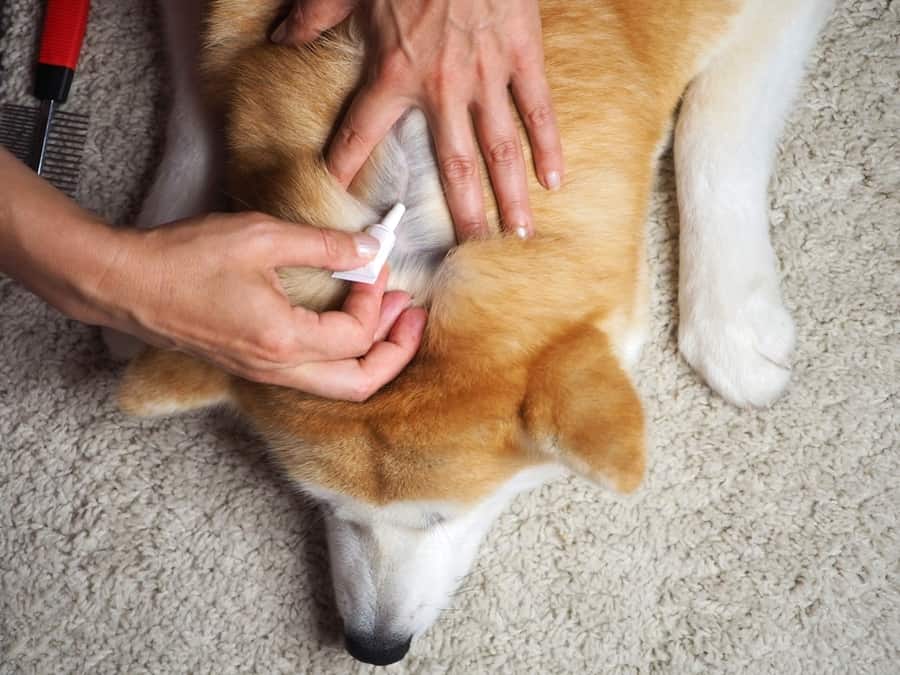
The first step is to treat your pets with a flea preventative medication.
This can be in the form of a collar, topical treatment, or oral medication.
Consult with your veterinarian to determine your pet’s best course of action.
2. Vacuum Regularly
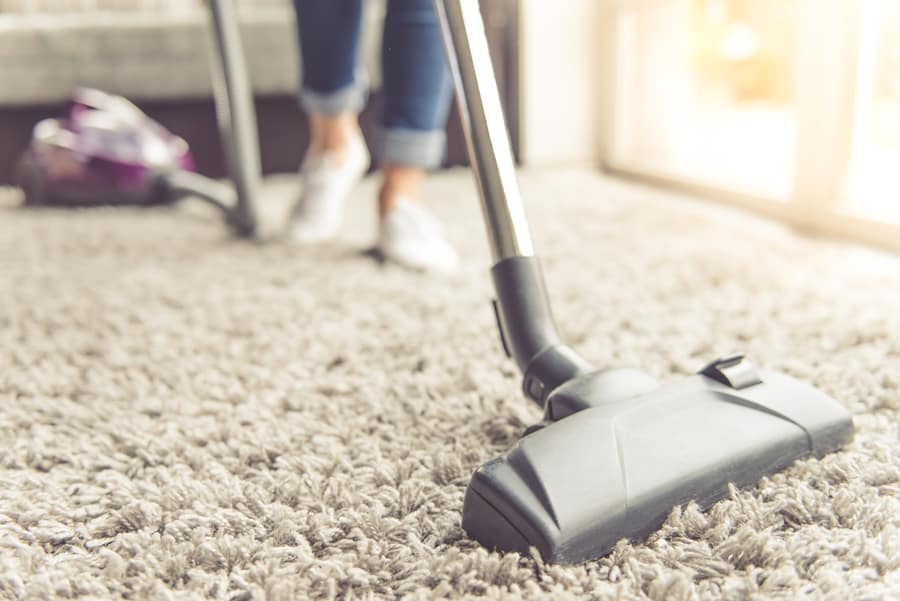
Vacuuming can help to remove fleas and their eggs from carpets, furniture, and bedding.
Be sure to vacuum all areas of your home, including under furniture and in hard-to-reach areas.
3. Wash Bedding and Clothing
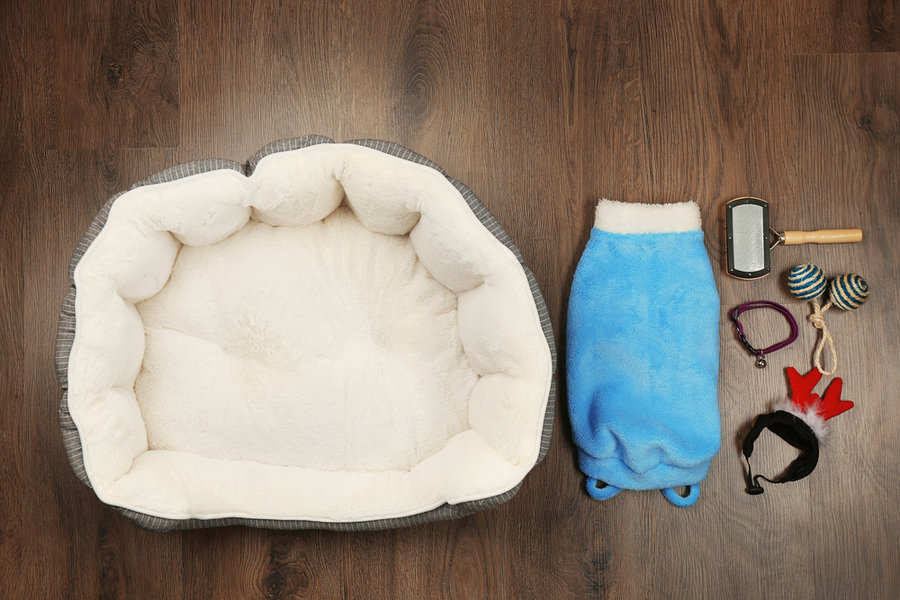
Wash all bedding, including your pet’s, in hot water to kill fleas and their eggs.
Be sure to wash any clothing or fabrics that may have fleas.
4. Use a Flea Spray
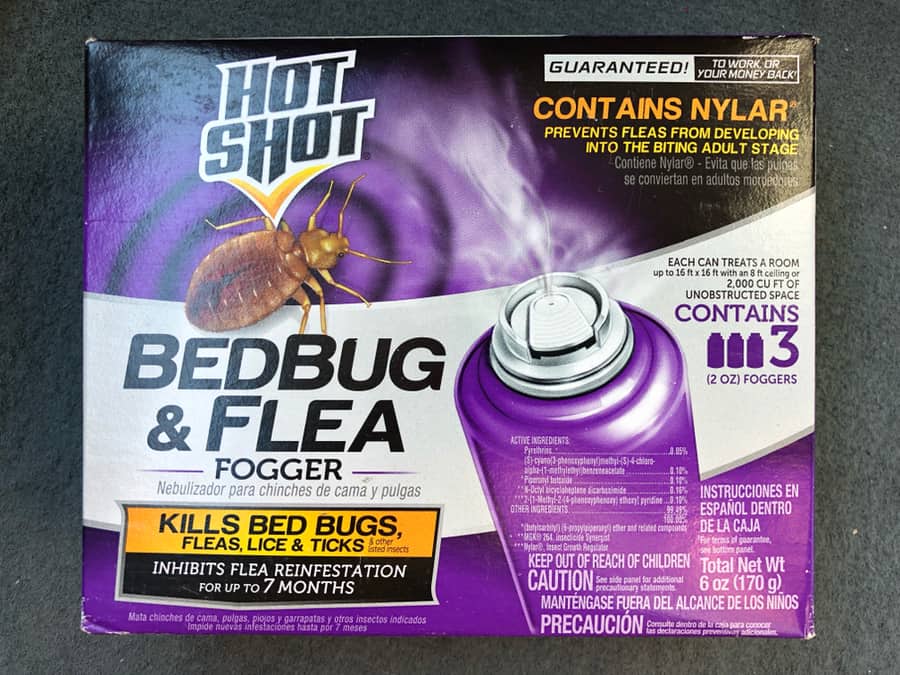
Flea sprays can kill adult fleas and their eggs on furniture, carpets, and bedding.
Follow the instructions on the product label to keep pets and children away from treated areas.
It is best to cordon off the area to avoid the spray from causing breathing issues for you or your pets.
5. Hire a Professional

Hiring a professional pest control company to treat your home is crucial if you have a severe flea infestation.
Summary
In conclusion, fleas are a common problem for many pet owners and can be challenging to get rid of.
It is essential to know how fleas are getting into your house so that you can take proper preventative measures and prompt action, prevent a flea infestation and keep your pets and home flea-free.
Frequently Asked Questions
Can Fleas Live on Humans?
Fleas can bite humans, but they generally do not live on humans. They prefer to live on animals and will only jump onto humans to feed.
What Are the Symptoms of Flea Bites?
Flea bites can cause red, itchy bumps on the skin. Some people may also have an allergic reaction to flea bites, which can cause swelling, hives, and sometimes cause difficulty breathing.
Can Fleas Transmit Diseases to Humans?
While uncommon, fleas can transmit diseases to humans, such as flea-borne typhus or plague.
Suppose you suspect you have been bitten by a flea and are experiencing symptoms; then you must see a healthcare provider for evaluation and treatment.

